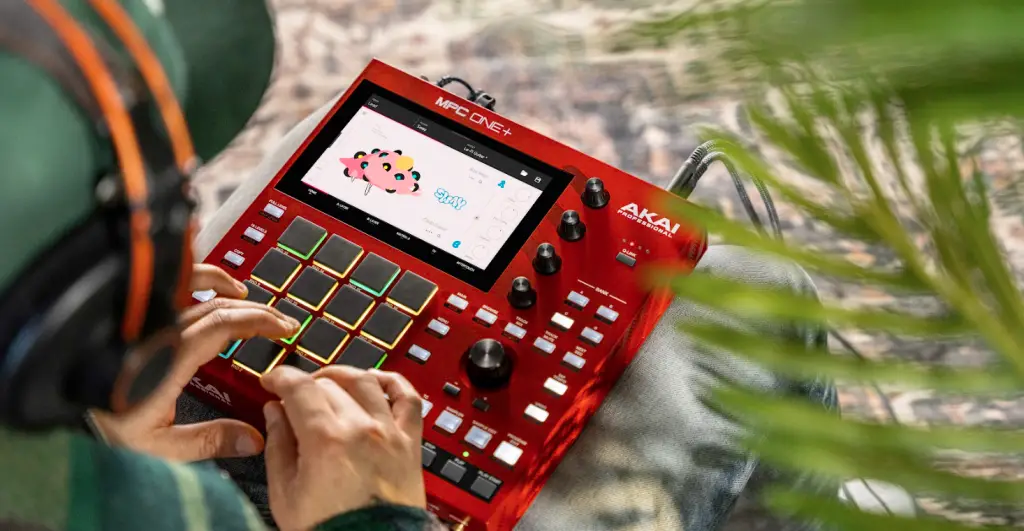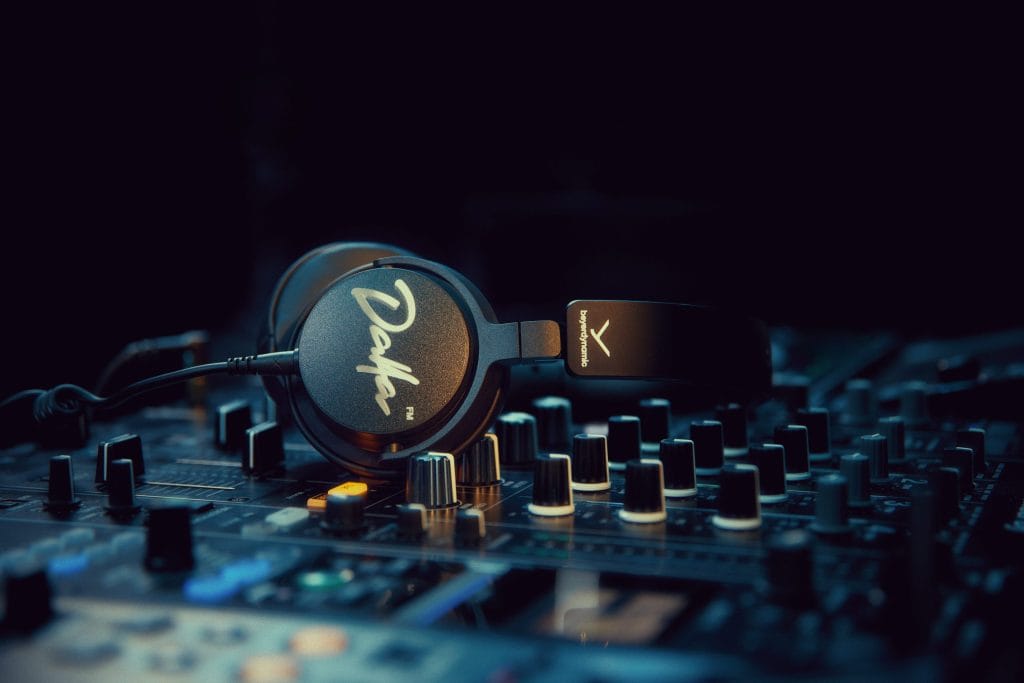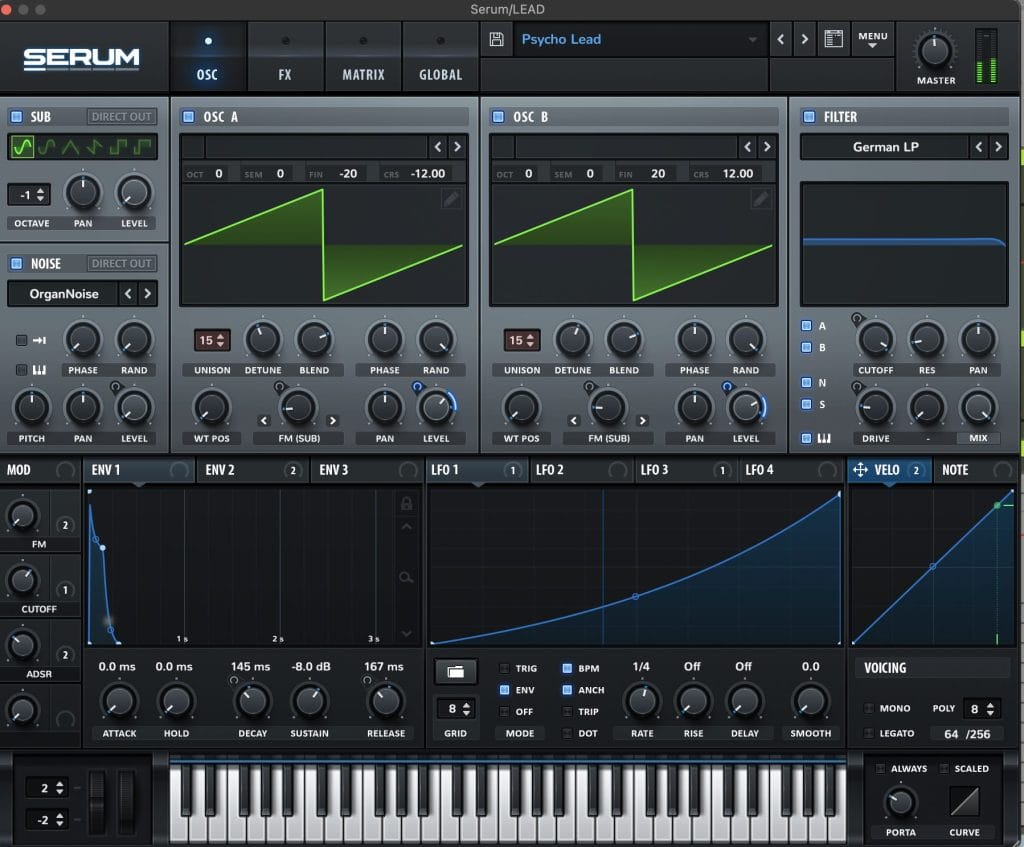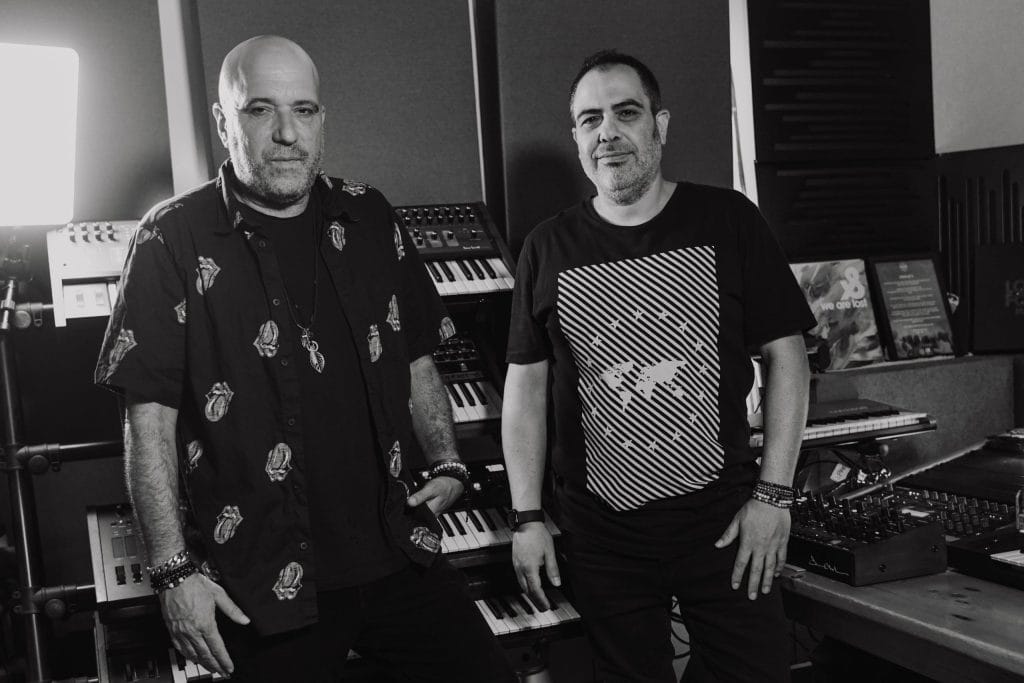Table of Contents
Big shifts in music production don’t come around often, but Akai Professional and Native Instruments are about to set a new standard. At NAMM 2025, these two powerhouses are unveiling a partnership that brings Native Instruments’ Play Series and Expansions into Akai’s legendary MPC platform.
To break it all down, we spoke with Joe Richardson, EVP Chief Commercial Officer at inMusic, the parent company of Akai Professional, to understand what this means for producers, performers, and the future of music creation.
This New Partnership At A Glance
This partnership is about more than just integrating software into hardware. It’s about reimagining the creative process entirely. Akai’s MPC, the hardware behind some of music’s most iconic tracks, now connects directly with Native Instruments’ expansive sound libraries, delivering a seamless workflow that prioritizes spontaneity and hands-on creativity.
As screens dominate modern production, Akai and Native Instruments are bringing it back to where music-making feels personal and tactile. In our conversation, Richardson highlights why this partnership matters now, from genre-bending creative possibilities to tools that redefine what producers can accomplish with hardware. For those looking to stay ahead of the curve, this collaboration is set to reshape how music is made.
Interview With Joe Richardson
What inspired Akai to collaborate with Native Instruments on this integration?
Akai Professional and Native Instruments share a commitment to innovation and empowering creators with best-in-class tools. This collaboration was inspired by a mutual recognition of how much more we could offer musicians by combining our strengths.
Akai Professional’s hardware innovation and Native Instruments’ industry-leading sound libraries create an ecosystem that enhances workflows, sparks creativity, and delivers an unparalleled music production experience – all this while removing the friction that works against the creative process.
Can you share insights into the decision-making process behind incorporating the Play Series into the MPC?
The decision to integrate Native Instruments’ Play Series into the MPC platform was driven by our goal to expand the creative toolkit for our users.
The Play Series’ intuitive design and high-quality sound libraries align perfectly with the MPC’s hands-on workflow, making it an ideal addition. This integration allows MPC users to access genre-defining sounds directly from their standalone hardware, providing a seamless and inspiring production experience.
Are there plans to expand compatibility with other Native Instruments tools in the future?
While this collaboration marks an important milestone, it is only the beginning. We’re always exploring opportunities to deepen integration and expand the creative possibilities for our users. While we can’t share specifics at this time, our shared vision with Native Instruments is to create an open and interconnected ecosystem, ensuring that creators have access to the best tools available.
How does Akai plan to support users transitioning from software-based workflows to hardware integration?
We understand that transitioning to hardware integration can feel daunting for some users, which is why we’ve prioritized ease of use in this collaboration. The MPC and MPK platforms are designed to offer intuitive workflows that streamline the creative process.
Additionally, we’re committed to providing educational resources, including video demo tutorials, masterclasses, and community engagement initiatives to help users find their own creative voice.
Can you share early feedback from artists who’ve used the new integrated tools?
The early feedback has been overwhelmingly positive. Artists, including Zaytoven and other creators we’ve worked with, have expressed excitement about the seamless integration of Native Instruments’ Play Series and Expansions into the MPC workflow, which opens up new creative possibilities.
Many have noted how the combination of Akai’s tactile hardware with Native Instruments’ rich sound libraries has transformed their creative process, making it more intuitive and inspiring. Their feedback is crucial as we look ahead in this collaboration, ensuring that we continue to push boundaries and deliver tools that truly empower creators.
How do you see this collaboration influencing the broader music production landscape?

This collaboration sets a new standard for how hardware and software can work together to empower creators. By bridging Akai Professional’s innovative hardware with Native Instruments’ cutting-edge software, we’re addressing a growing demand for streamlined, hybrid workflows.
This partnership not only enhances accessibility for a wide range of creators but also reflects a broader industry shift toward open ecosystems, encouraging collaboration and innovation across brands.
What is Akai’s vision for the next five years, particularly in terms of hardware and software integration?
Akai Professional’s vision is to continue leading the charge in innovation by creating tools that inspire creativity and remove barriers for musicians. Over the next five years, we aim to deepen our integration by showcasing industry-leading software offerings, expanding our standalone hardware assortment, and exploring new ways to connect creators with cutting-edge technology.
By fostering collaboration and embracing new trends, we’re committed to shaping the future of music production and empowering the next generation of creators.
The post Exclusive: Joe Richardson Breaks Down Akai x Native Instruments Partnership appeared first on Magnetic Magazine.






